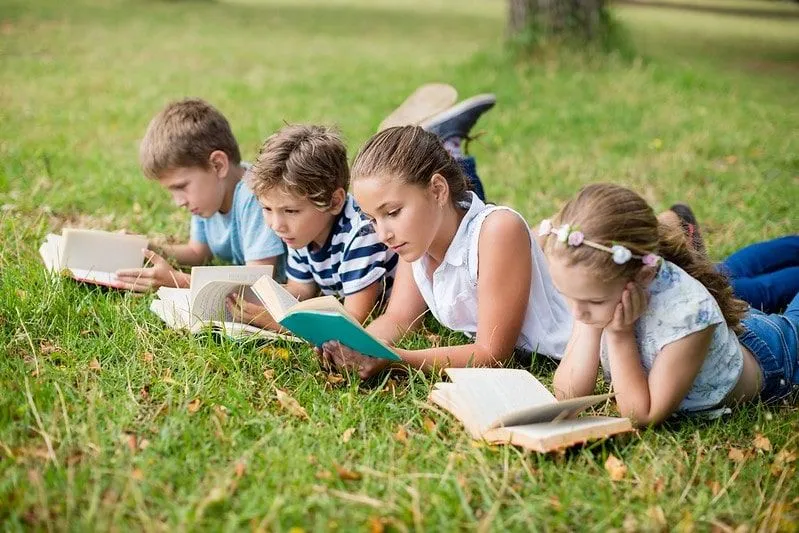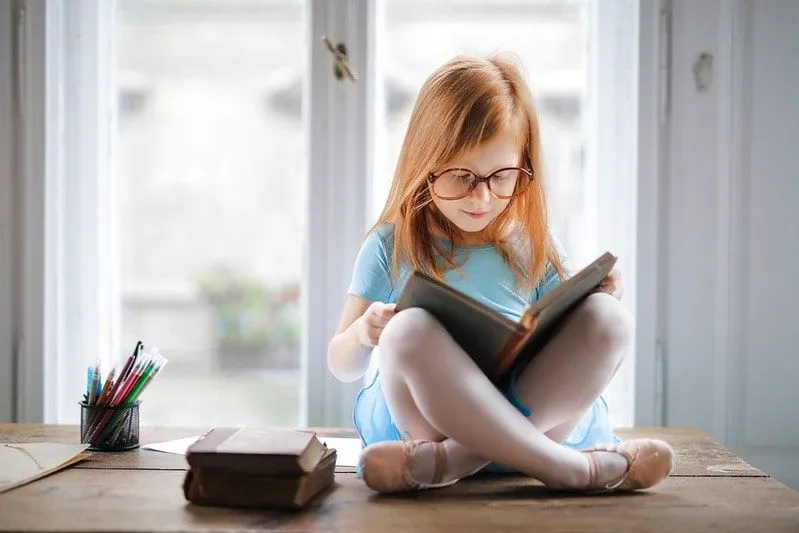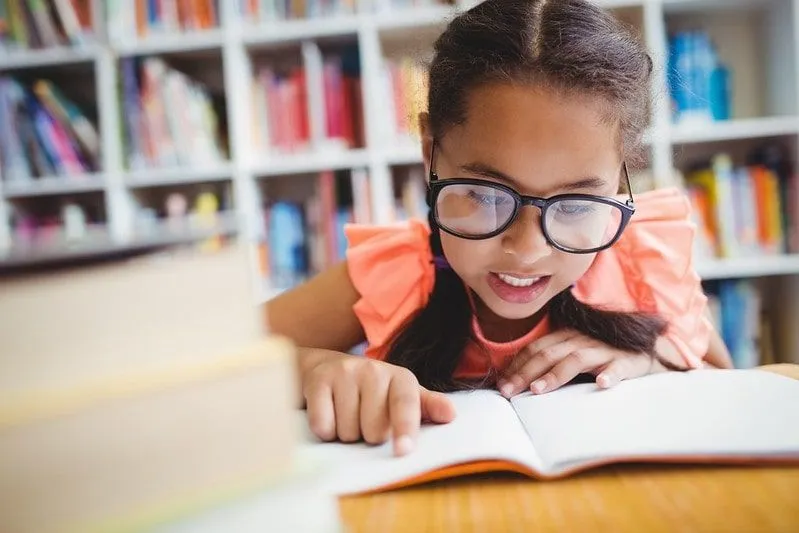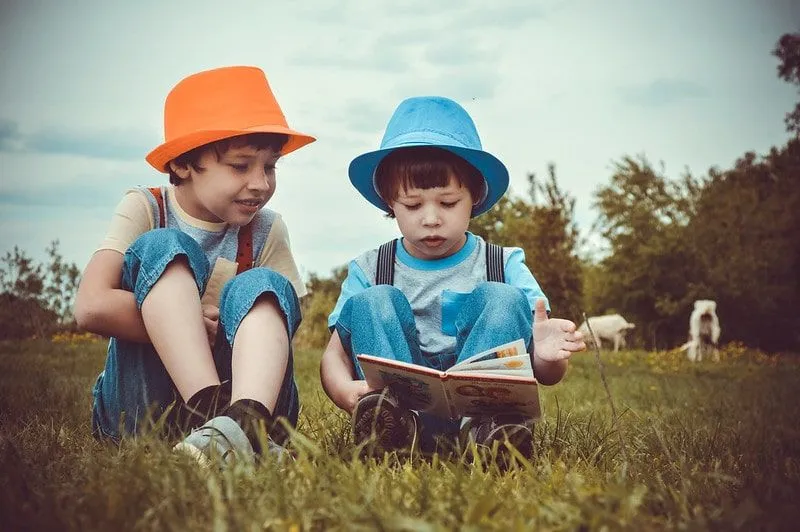FOR ALL AGES
As parents, we're probably all familiar with Biff, Chip and Kipper.
But do you really understand what your child is reading and how the level of the book relates to their reading ability? Worry no more with our handy guide to deciphering the levels in the Oxford Reading Tree scheme.
The Oxford Reading Tree scheme is one of the most loved and well-used reading schemes in place across the UK's schools. It combines engaging stories and fun illustrations as well as phonics to help children learn to read at a pace that suits them. A division of Oxford University Press, Oxford Reading Tree was first launched back in 1986 with 24 stories aimed at helping children learn to read. Since then it has grown to hundreds of books, new fun series, and a system of teaching reading that is used across many schools in the UK.

But there's more to it than just the Biff, Chip and Kipper series – did you know Julia Donaldson herself (of The Gruffalo, Stick Man and Zog fame) has also contributed to the Oxford Reading Tree scheme? The Songbirds Phonics series was penned by Julia Donaldson and provides easily decodable stories to encourage reading skills further. You can also find much-loved characters like Floppy. The Floppy Phonics series is designed to improve fluency as well as be fun to read using phonics children will already know. Don't forget you can play phonics games at home to deepen your child's understanding. There are also non-fiction books within the Oxford Reading Tree series. inFact is a non-fiction series that aims to engage readers as well as any storybook. Fireflies is another non-fiction series that links to the wider curriculum.
Want some fun fiction ideas for your Year 1 child? Check out our recommended reads.
The Oxford Reading Tree levels are a finely tuned system for determining how each child is progressing through the Oxford Reading Tree book scheme. Schools in the UK use Book Band colours across the different reading schemes to show the level of each book. On the Oxford books, you will find both a book band colour and a corresponding Oxford Level. Each also has a suggested age range – but of course, some children may be more advanced and others may need more support to reach this target. Each level feeds into the relevant phonics children will have already learned in school as well as using the high-frequency words for each key stage group to help build confidence in reading. Early readers feature stories on situations readers will be familiar with, while some of those aimed at Key Stage 2 will also link into the curriculum.

The Oxford levels and the book bands are very easy to match up – what is less clear is the age range, as all children will progress at their own pace. As a guide:
Nursery (age up to 4):
Oxford Level 1 = Book Band Lilac.
Oxford Level 1+ = Book Band Pink.
Reception (age 4-5):
Oxford Level 1 = Book Band Lilac.
Oxford Level 1+ = Book Band Pink.
Oxford Level 2 = Book Band Red.
Oxford Level 3 = Book Band Yellow.
Oxford Level 4 = Book Band Light Blue.
Year 1 (age 5-6):
Oxford Level 4 = Book Band Light Blue.
Oxford Level 5 = Book Band Green.
Oxford Level 6 = Book Band Orange.
Oxford Level 7 = Book Band Turquoise.
Year 2 (age 6-7):
Oxford Level 7 = Book Band Turquoise.
Oxford Level 8 = Book Band Purple.
Oxford Level 9 = Book Band Gold.
Oxford Level 10 = Book Band White.
Oxford Level 11 = Book Band Lime.
Oxford Level: 12 = Book Band Lime+.
Year 3 (age 7-8):
Oxford Level 8 = Book Band Brown.
Oxford Level 9 = Book Band Brown.
Oxford Level 10 = Book Band Brown.
Oxford Level 11 = Book Band Brown.
Oxford Level 12 = Book Band Grey.
Oxford Level 13 = Book Band Grey.
Oxford Level 14 = Book Band Grey.
Year 4 (age 8-9):
Oxford Level 14 = Book Band Grey.
Oxford Level 15 = Book Band Dark Blue.
Oxford Level 16 = Book Band Dark Blue.
Year 5 (age 9-10):
Oxford Level 16 = Book Band Dark Blue.
Oxford Level 17 = Book Band Dark Red.
Oxford Level 18 = Book Band Dark Red.
Year 6 (age 10-11):
Oxford Level 18 = Book Band Dark Red.
Oxford Level 19 = Book Band Dark Red.
Oxford Level 20 = Book Band Dark Red.
Well yes. Oxford Reading Tree has also developed a Read With Oxford series which is designed to encourage children to read more at home. There are six stages which typically can be used for children aged between three and seven. Stage one is for a child taking their first steps into reading, stage two is for early readers to help them grow in confidence, and stage three is for the growing reader. The final three stages are for confident readers who can fully understand what they're reading as well as read proficiently, stage six books typically feature short chapters to challenge children with their reading skills.

Since the Biff, Chip and Kipper books have been around for over 30 years it's likely you'll recognise some of the books that your children bring home from school if they're using the Oxford Reading Tree children's books. But there are also some new additions you may spot in their book bags. Books like Splash And Squelch (level 3) and Paula The Vet (level 6)– from the Songbirds series – makes wonderful use of rhyming and rhythmic language. The Word Sparks series features both fiction and non-fiction books and the levels are aligned to phonics teaching to help underline what children are learning in class, as well as introducing 300 ambitious words to help further children's reading practice.
The Biff, Chip and Kipper Decode and Develop series aims to bridge the gap between Floppy's Phonics (and books like Cats (level 1+) and Leek Hotpot (level 3) and the Biff, Chip and Kipper stories (such as The Magic Key (level 5) and Green Island (level 9). The stories focus on easy to decode phonics, as well as context words to develop stronger reading ability.

Once a child has completed the Oxford Reading Tree scheme many schools will encourage their pupils to be free readers – that is to select their own stories. To help with this transition many schools may send children home with both stories they have freely picked as well as those from the Oxford Reading Tree.
Read The Disclaimer
At Kidadl we pride ourselves on offering families original ideas to make the most of time spent together at home or out and about, wherever you are in the world. We strive to recommend the very best things that are suggested by our community and are things we would do ourselves - our aim is to be the trusted friend to parents.
We try our very best, but cannot guarantee perfection. We will always aim to give you accurate information at the date of publication - however, information does change, so it’s important you do your own research, double-check and make the decision that is right for your family.
Kidadl provides inspiration to entertain and educate your children. We recognise that not all activities and ideas are appropriate and suitable for all children and families or in all circumstances. Our recommended activities are based on age but these are a guide. We recommend that these ideas are used as inspiration, that ideas are undertaken with appropriate adult supervision, and that each adult uses their own discretion and knowledge of their children to consider the safety and suitability.
Kidadl cannot accept liability for the execution of these ideas, and parental supervision is advised at all times, as safety is paramount. Anyone using the information provided by Kidadl does so at their own risk and we can not accept liability if things go wrong.
Kidadl is independent and to make our service free to you the reader we are supported by advertising.
We hope you love our recommendations for products and services! What we suggest is selected independently by the Kidadl team. If you purchase using the buy now button we may earn a small commission. This does not influence our choices. Please note: prices are correct and items are available at the time the article was published.
Kidadl has a number of affiliate partners that we work with including Amazon. Please note that Kidadl is a participant in the Amazon Services LLC Associates Program, an affiliate advertising program designed to provide a means for sites to earn advertising fees by advertising and linking to amazon.
We also link to other websites, but are not responsible for their content.
Was this article helpful?

We’ll send you tons of inspiration to help you find a hidden gem in your local area or plan a big day out.



Check your inbox for your latest news from us. You have subscribed to:
Remember that you can always manage your preferences or unsubscribe through the link at the foot of each newsletter.